accutane guild paternity rights find online
CORONA, Calif. — Antonio Espinoza loved the Los Angeles Dodgers. He loved them so much that he was laid to rest in his favorite Dodgers jersey. His family and friends, including his 3-year-old son, donned a sea of blue-and-white baseball shirts and caps in his honor.
Espinoza died at age 36 of covid-19, medicines evista just days after he got his first dose of a covid vaccine. He was a hospice nurse who put his life in danger to help covid patients and others have a peaceful death.
When covid hit, it was no surprise to his family that this “gentle giant,” as friends and family called him, stepped up to the plate.
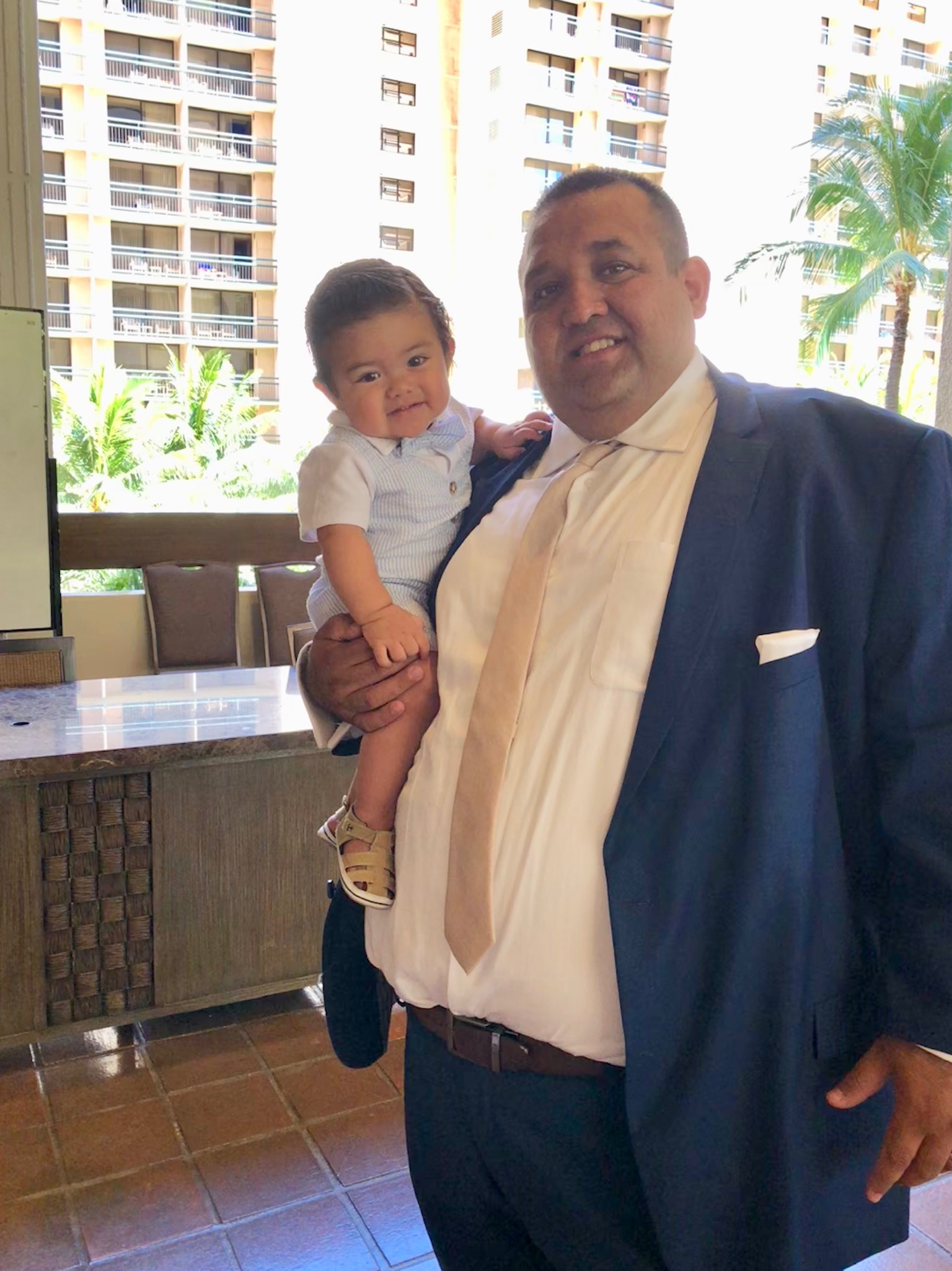
“His attitude was like, ‘No, I’m not going to be scared,’” said Nancy Espinoza, his wife of 10 years. “This is our time to shine,” he told her. “I became a nurse for a reason.”
As a hospice nurse and chief nursing officer for Calstro Hospice in Montclair, California, Espinoza routinely made house calls, visited assisted living facilities and performed death visits — during which hospice nurses pronounce patients dead.
Hospice workers aren’t just doctors and nurses, but also include home health aides, social workers, chaplains and counselors. In the past year, they have frequented some of the highest-risk environments, such as nursing homes, assisted living facilities and patients’ homes.
Hospice requires intimate patient care, and the additional safety requirements and need for personal protective equipment made it challenging, said Alicia Murray, board president of the Hospice and Palliative Nurses Association. But hospice workers adapted, she said, knowing they might be the only people who could comfort dying patients when family members were not allowed to visit medical and long-term care facilities.
“They’re taking care of dying people and, in particular, people dying of covid who may be spewing out the virus,” said Dr. Karl Steinberg, a geriatrician and palliative care specialist who is the medical director of Hospice by the Sea in Solana Beach, California, and several nursing homes.
A few months into the pandemic, when Calstro Hospice began caring for covid patients, Espinoza helped develop a covid unit. Part of his job was to make sure staff members had sufficient personal protective gear, including himself.
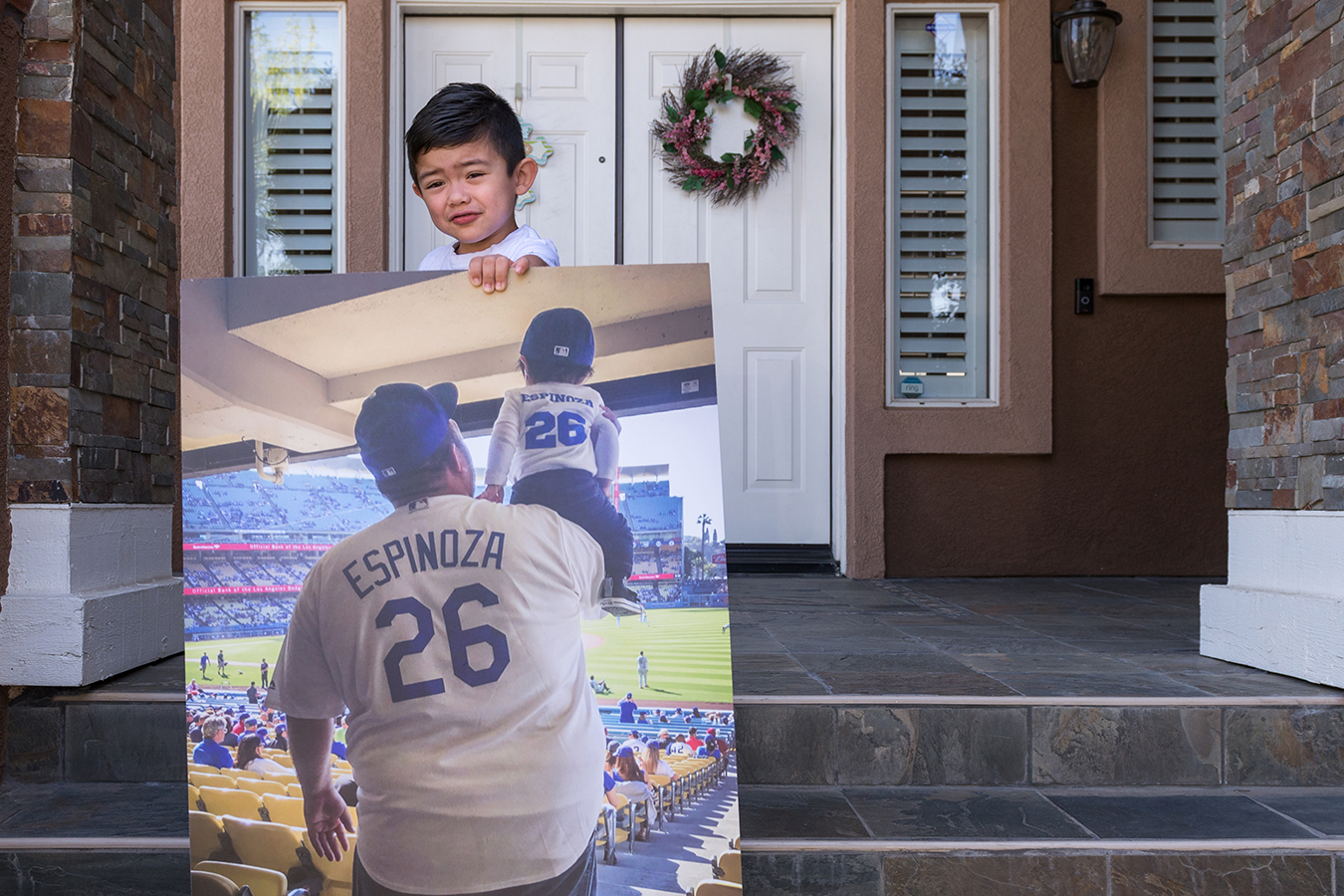
“Some people had a hard time getting a hold of all the PPE gear, but his office had adequate equipment,” his wife said. Right before he got sick, he was excited to receive a big shipment of gowns, N95 masks, booties and face shields from San Bernardino County, she said.
Espinoza fell ill a few days after his first dose of covid vaccine on Jan. 5, but went to work thinking it was vaccine-related. “He had kind of a sore throat and felt a little bit under the weather, but nothing major,” said Nancy Espinoza. His symptoms progressed to a fever and chills and he tested positive for covid on Jan. 10.
Seven other Calstro Hospice staff members also got covid during the pandemic, said Jennifer Arrington, Calstro Hospice’s director of patient care services.
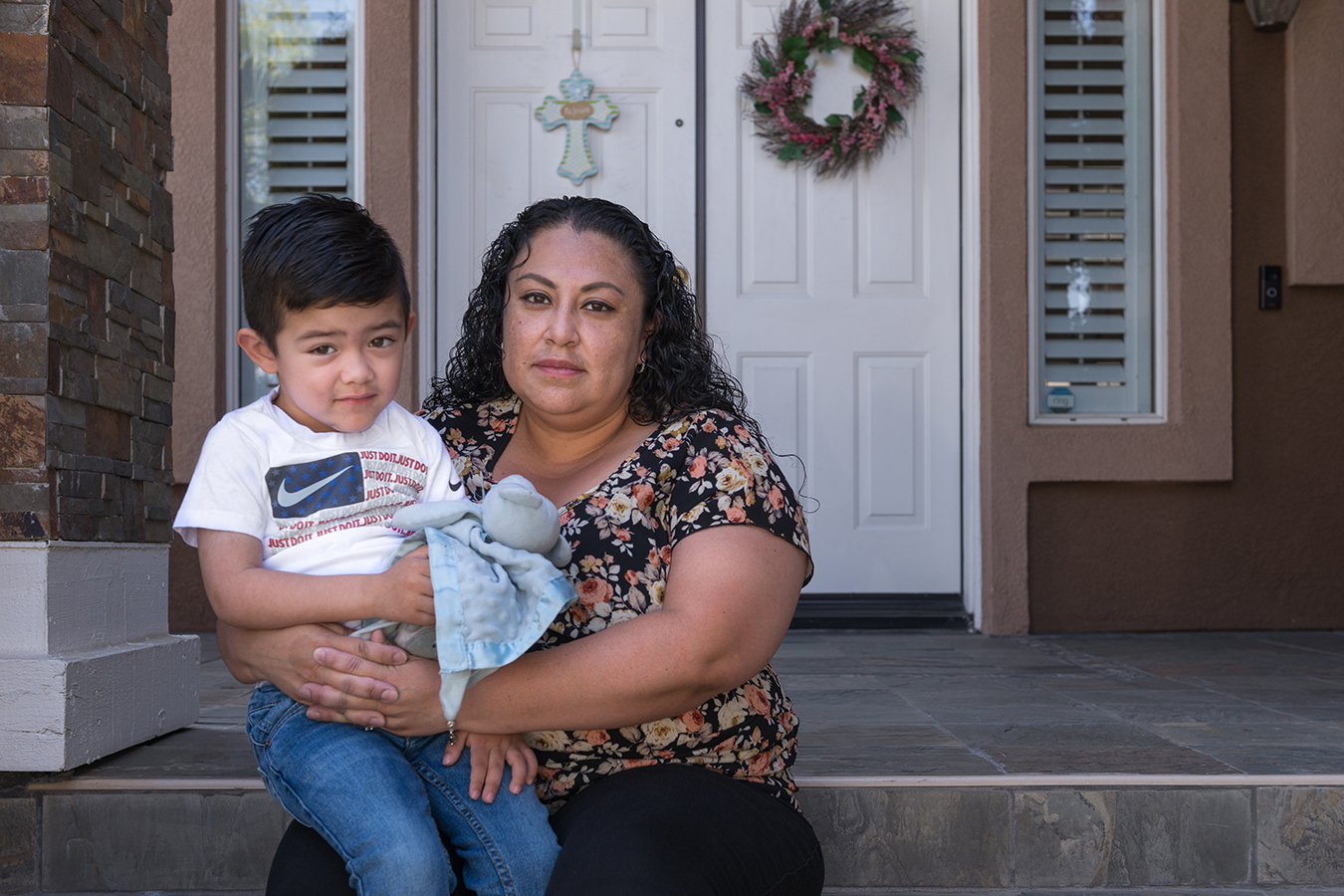
Espinoza was a victim of bad timing, according to Dr. Lucy Horton, infectious disease specialist and associate professor at the University of California-San Diego School of Medicine.
The virus’s incubation period averages five to seven days, she explained. “If you test positive a few days after the vaccine, chances are you actually got exposed before you even got your first dose,” she said.
Horton said people aren’t fully vaccinated until at least 14 days after their second dose of a two-dose vaccine, or their first dose of a one-dose version. Early after the first dose, people don’t reap the benefit of the vaccine yet, she said.
“Even after you’re fully vaccinated, there still is a remaining risk,” said Horton, co-author of a letter to the New England Journal of Medicine about post-vaccination infection rates among health care workers in California. “Even if it’s so much lower, it’s still present.”
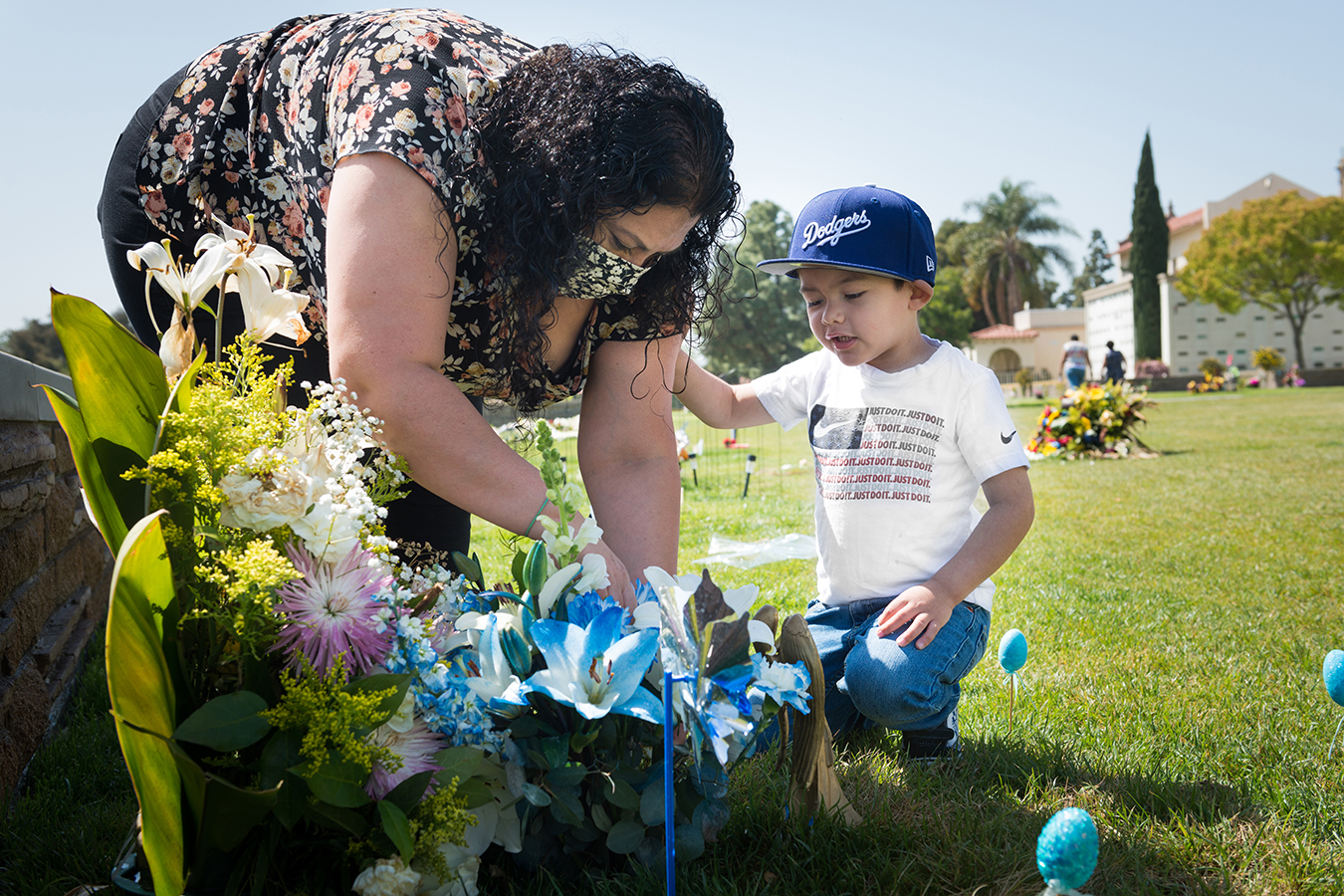
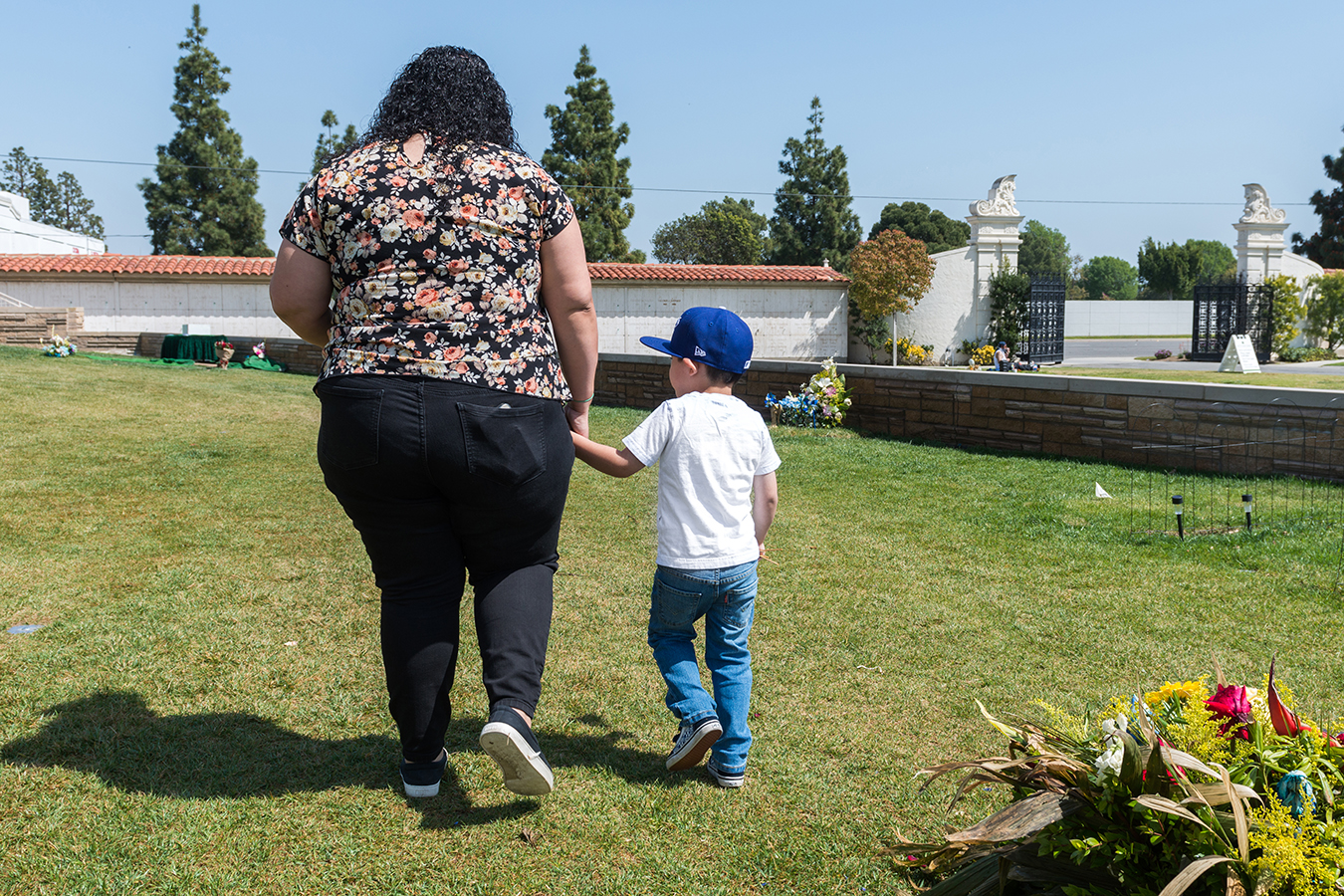
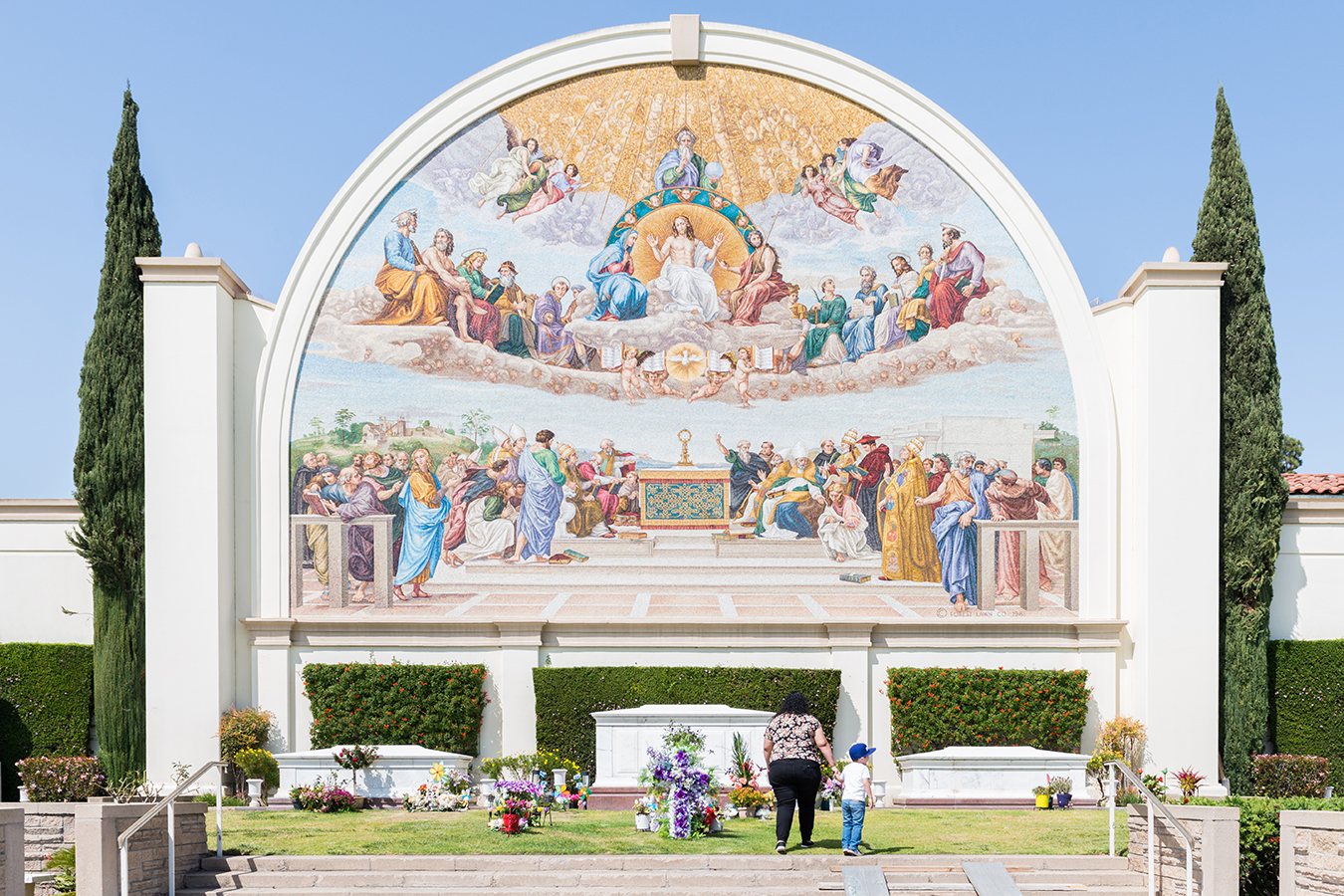
Espinoza knew he wanted to care for others and go into health care since he was in high school, and realized the Hispanic community needed Latino nurses in hospice care, his wife said. “He made it his purpose to help the Hispanic community understand hospice care and not be afraid of it,” she said.
On Jan. 15, Nancy Espinoza and the couple’s toddler, Ezekiel, spoke to Antonio over the phone for the last time. “I love you” were the last words she heard her husband say.
She was allowed to visit him right before he died on Jan. 25. He was intubated with an oxygen level of 25%.
Nancy Espinoza stood in the room alone with her husband for the last time. “I just wanted to be able to hold his hand and pray for him,” she said. “I wanted him to know that he wasn’t alone.”
This story was produced by KHN, which publishes California Healthline, an editorially independent service of the California Health Care Foundation.
Source: Read Full Article
